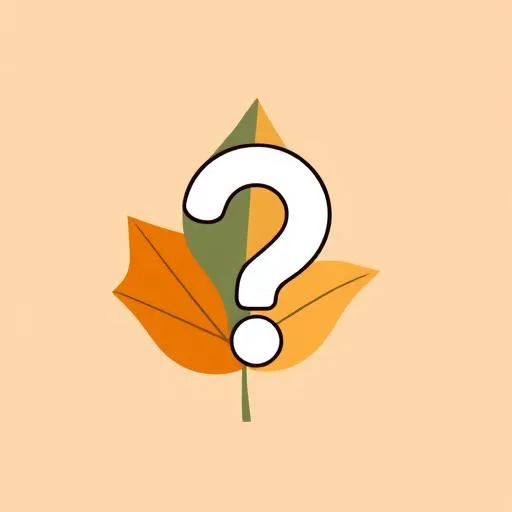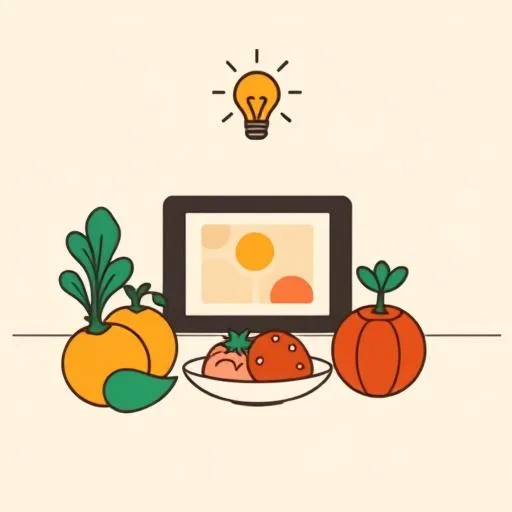
Snap a photo of your kid’s art project. Share it proudly. But what if someone tweaks it into a dragon’s castle before it reaches Grandma’s screen? With AI reshaping what we see, that backyard leaf pile could become a volcano overnight. We’ve all felt that tiny flicker of doubt lately—is this photo real? As parents watching little ones navigate a world where pixels play pretend, suddenly that question isn’t just technical. It’s emotional—a small change with huge heart that could shape how our kids see the world.
The quiet revolution happening in your pocket
Google’s doing something brilliant yet simple: tagging every Pixel photo with invisible metadata. That ‘How this was made’ label at the bottom? It shouts whether your sunrise shot came straight from a camera lens or was AI-touched. Smart move. They’re flooding our feeds with trustworthy images so, over time, untagged photos make us pause. Think about it—if every playground video your friend shares had a ‘Real Moment’ badge, wouldn’t you wonder about the blurry ones missing it?
But here’s where it gets personal: Apple’s sitting this one out. iPhones create billions of images globally—birthday cakes, school plays, those chaotic pancake mornings—yet none carry this digital seal of authenticity. As one insider put it, ‘We’re trying to flood the market with this label so people start expecting the data to be there.’ Without Apple joining the C2PA coalition, that flood becomes a trickle. Picture sending your toddler’s first bike ride photo to relatives, only to have it altered beyond recognition by some app halfway across the world. Suddenly, ‘was this real?’ isn’t just trivia—it’s the difference between a genuine memory and a digital ghost.
Building on that idea, consider how this impacts our kids

Our kids are growing up swimming in images but never learning to tread water. Remember showing your child a family album? Now imagine flipping through digital ‘photos’ where half might whisper, ‘I was never really here.’ Without clear labels, curiosity turns into confusion. That ‘dragon’ in their school art project screenshot? They might not know it’s AI-fabricated until a classmate questions it online. Worse, they could start doubting real moments—‘Did I really build that tower, or did someone add glitter?’
“It would represent a massive influx of tagged images and give weight to the idea that an image with no tag should be regarded as potentially not genuine,”
This isn’t about fancy tech—it’s about nurturing kids who trust their eyes. When every image is suspect, we rob them of that joyful gasp when seeing proof of their own growth: ‘Look, Mama! I climbed the slide!’ If even screenshots of their achievements feel unverified, resilience cracks. We want them bold in exploring ideas, not frozen by wondering ‘Is this real?’ Like that time we paused mid-laugh during park picnics because the sky looked ‘too blue.’
How do we teach truth-seeking when the tools don’t help?
Turning doubt into discovery (starting tonight)

Apple’s stubbornness might feel overwhelming, but here’s the hopeful twist: our kitchen-table moments can build better shields than any tech update. Dinner’s a perfect chance to plant seeds. ‘What do you think made this photo?’—pointing at a squirrel pic on your tablet—sparks detective skills without doom-scrolling. Turn it into a game: During walk-and-talks, spot ‘real’ vs. ‘magic’ in neighborhood murals. No lecturing needed; just curiosity’s heartbeat.
And when your kid proudly shares an AI-drawn ‘dragon’ from their tablet? Celebrate the creativity! But gently add, ‘I love how your idea became real here. Let’s draw one together too.’ Balance is everything—like enjoying cookies after veggies. Limited screen time paired with messy, tangible play (think flour fights, leaf collections) anchors them in reality. Why not try this weekend: Print old photos, slap on ‘REAL MOMENT’ stickers we made from cardboard, and talk about why old family photos can’t be faked. It’s not paranoia—it’s preparing them for a world where trust’s the rarest app.
The nudge Apple needs to hear

Let’s be honest—Apple’s size means they hold the megaphone. If every iPhone 17 shot carried that ‘Media captured with a camera’ tag, it wouldn’t just be a feature. It’d be a cultural reset. Imagine teachers getting class project photos with verified origins, or grandparents scrolling through grandkid videos knowing every giggle was genuine. Apple skipping the C2PA boat isn’t just a tech gap—it’s leaving families adrift in the trust ocean.
But here’s what keeps me optimistic: Parents’ voices move mountains. When we choose phones that respect digital honesty, or politely ask, ‘Can you share the original photo?’ when something feels off, we’re the ripple. That’s how change starts—not with corporate memos, but with dads high-fiving over unedited park pics and moms saving toddler scribbles without filters. Apple’s brilliant at baking joy into tools (remember the first time your kid FaceTimed Nana?). Let’s hope they remember: the most powerful feature isn’t megapixels. It’s making memories feel true. Then, and only then, can we all breathe easier when the camera clicks.
Source: The iPhone 17 Cameras Need Google’s Approach for Identifying AI Images, CNET, 2025/09/07
